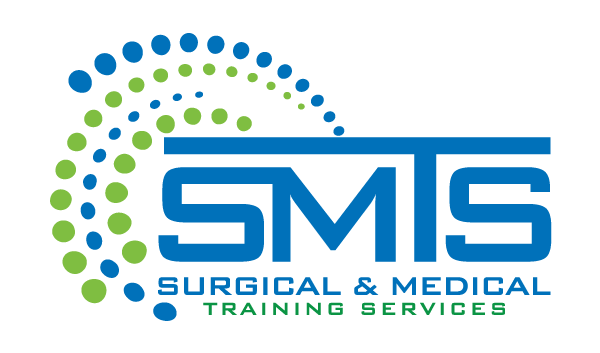Cadaver training plays a crucial role in military medical and surgical training because it bridges the gap between classroom learning, simulation, and real-world battlefield conditions. Here’s why it’s so important—especially in the high-pressure, resource-limited environments military medics, surgeons, and combat support teams face:
1. Realistic Anatomy & Tactile Experience
- True human tissue feel: No man-made simulator can perfectly replicate the texture, density, and variability of human skin, fascia, muscle, blood vessels, and organs.
- Natural anatomical variation: Cadavers expose trainees to the differences in size, location, and structure that real patients have—something mannequins or computer simulations can’t capture.
2. Trauma-Relevant Practice
- Combat injury realism: Cadavers can be prepared (fresh, perfused, or specially preserved) to simulate battlefield injuries—blast wounds, shrapnel injuries, gunshot wounds, burns—allowing teams to rehearse critical procedures in realistic scenarios.
- Hands-on surgical skill building: Trainees can perform chest tube insertions, cricothyrotomies, fasciotomies, vascular repairs, amputations, and damage-control surgery in a safe but authentic environment.
3. Stress Inoculation
- Training under realistic pressure: In combat zones, the “first cut” can’t be in a live patient. Practicing on cadavers allows medics and surgeons to develop muscle memory and confidence before encountering the chaos of war.
- Team coordination under simulated combat conditions: Cadaver labs can incorporate timed drills, low-light environments, and simulated explosions or gunfire to mimic battlefield stress.
4. Bridge Between Simulation & Live Surgery
- Simulation → cadaver → patient: Military medical training often follows a progression—first synthetic trainers, then cadaver work, and finally supervised live patient care. Cadaver training ensures that the jump from artificial models to real patients is smoother and safer.
5. Damage-Control Surgery & Prolonged Field Care
- Rapid life-saving interventions: Military surgeons often need to stabilize a patient for evacuation rather than complete a full repair. Cadaver training helps them practice prioritizing and executing those “damage control” procedures quickly and correctly.
- Working in austere environments: Training can incorporate resource limitations—restricted tools, limited lighting, unconventional patient positioning—mimicking deployed conditions.
6. Ethical & Mission Readiness Imperative
- Fewer preventable deaths: The U.S. military’s “Golden Hour” principle—rapid intervention saves lives—relies on highly skilled medics and surgeons. Cadaver training directly translates into reduced mortality on the battlefield.
- Respect for donor gifts: The use of donated bodies in military medicine is considered a profound honor, and it ensures the knowledge gained is put toward saving lives under the harshest conditions.
Bottom line:
Cadaver-based training isn’t just about learning “how” to perform a procedure—it’s about building speed, accuracy, adaptability, and calm under pressure in situations where hesitation can cost lives. For military medicine, that makes it an irreplaceable component of surgical and trauma education.
